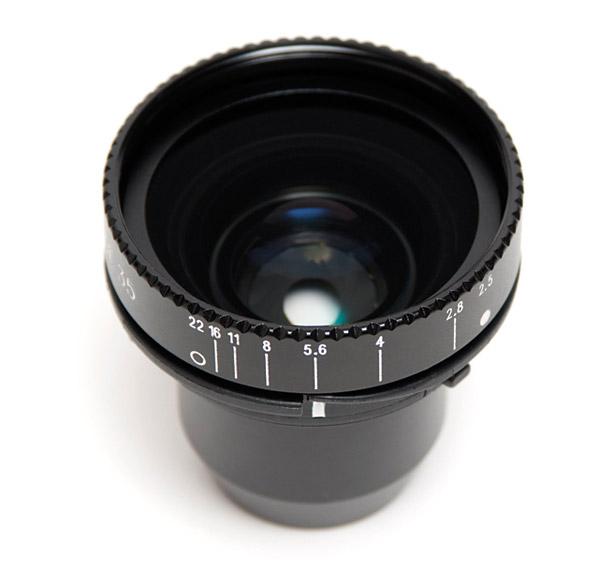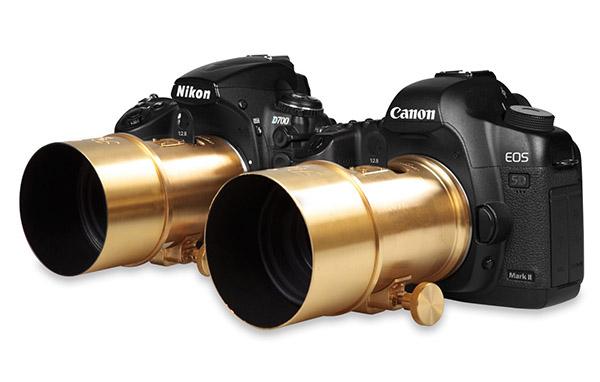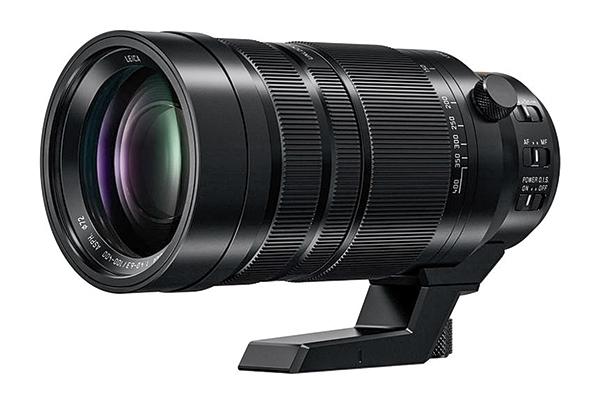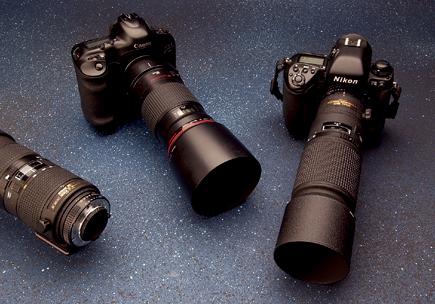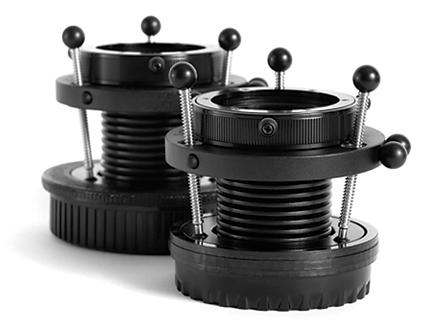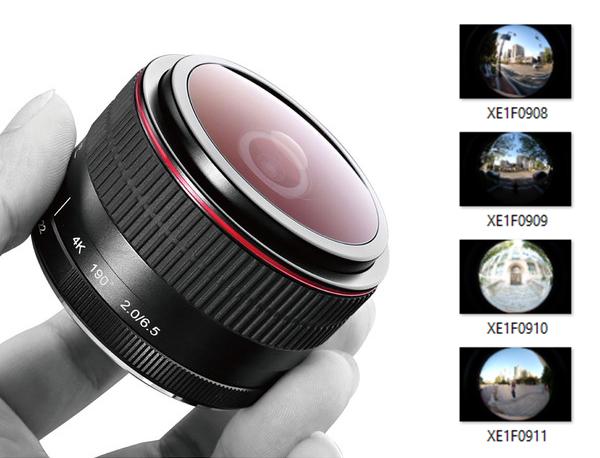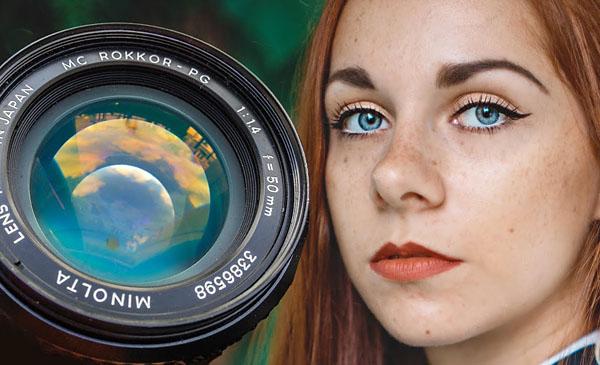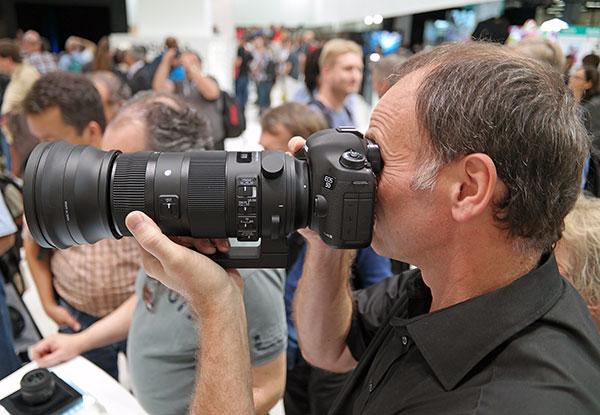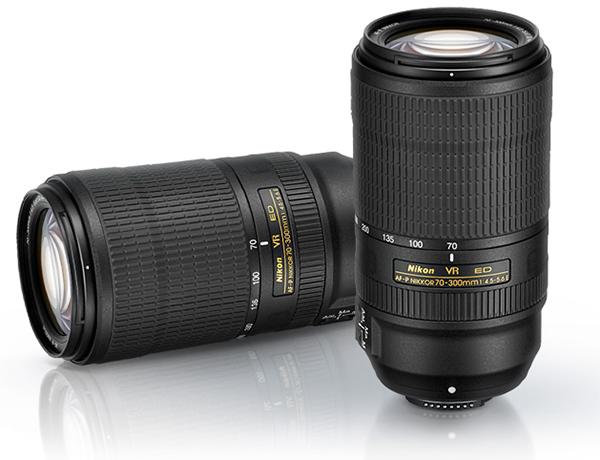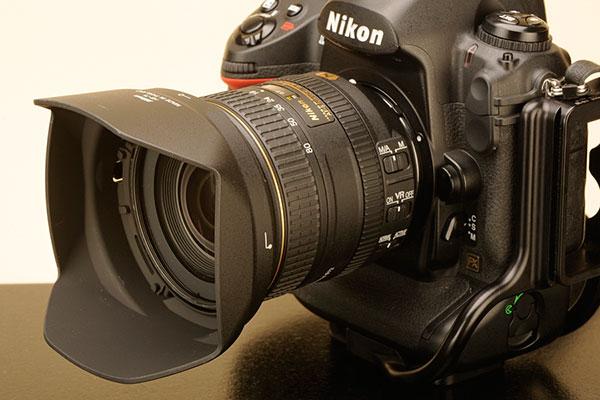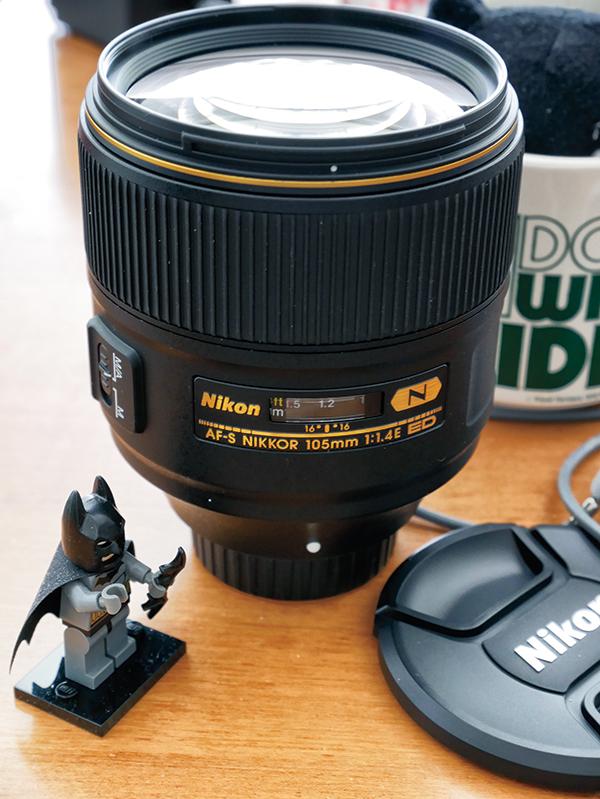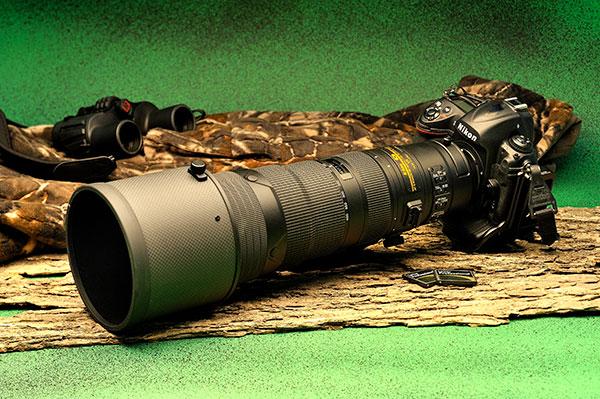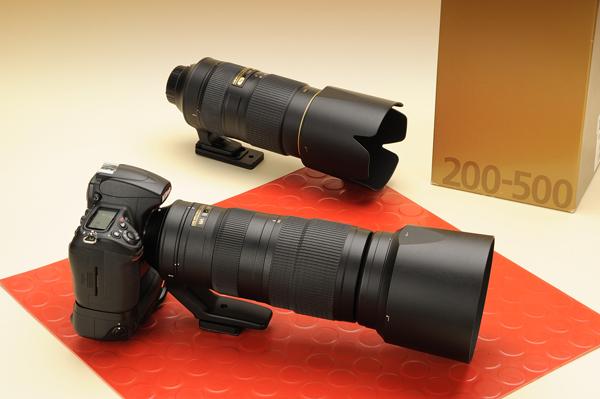Lens Reviews
Sort By: Post DateTitle Publish Date
|
Jun 11, 2020
|
Sep 15, 2011 |
First Published: Aug 01, 2011
|
Nov 26, 2015
|
Jul 26, 2016
|
Aug 01, 2006
|
Aug 01, 2007
|
Sep 19, 2019
|
Sep 05, 2017
|
Sep 25, 2014
|
Sep 12, 2017
|
Oct 01, 2015
|
Feb 17, 2017
|
Oct 22, 2020
|
Mar 21, 2016

